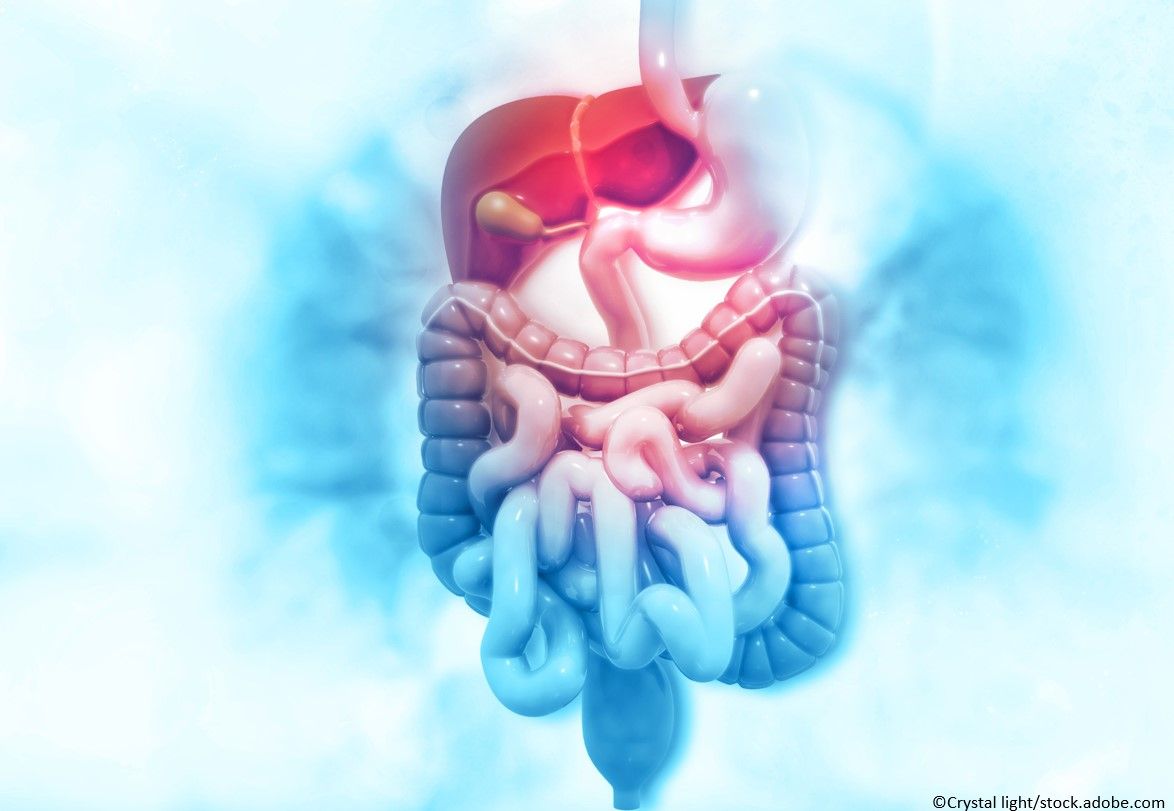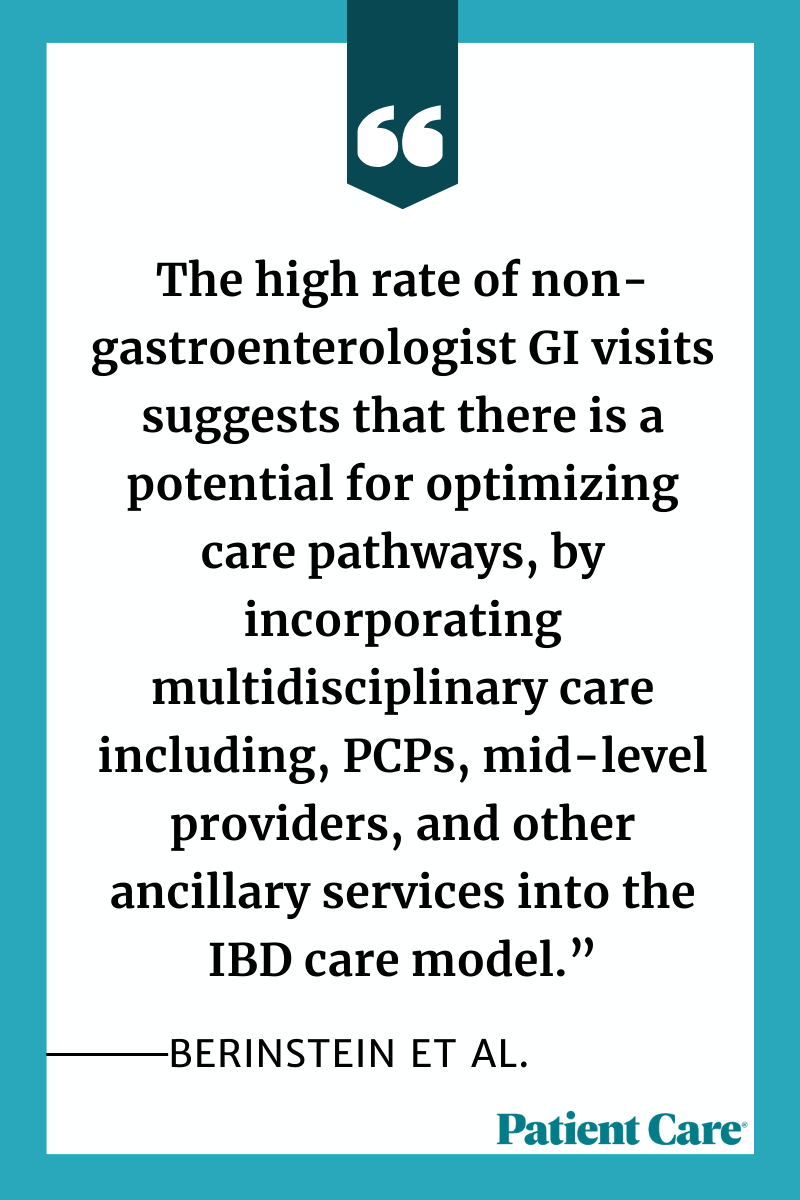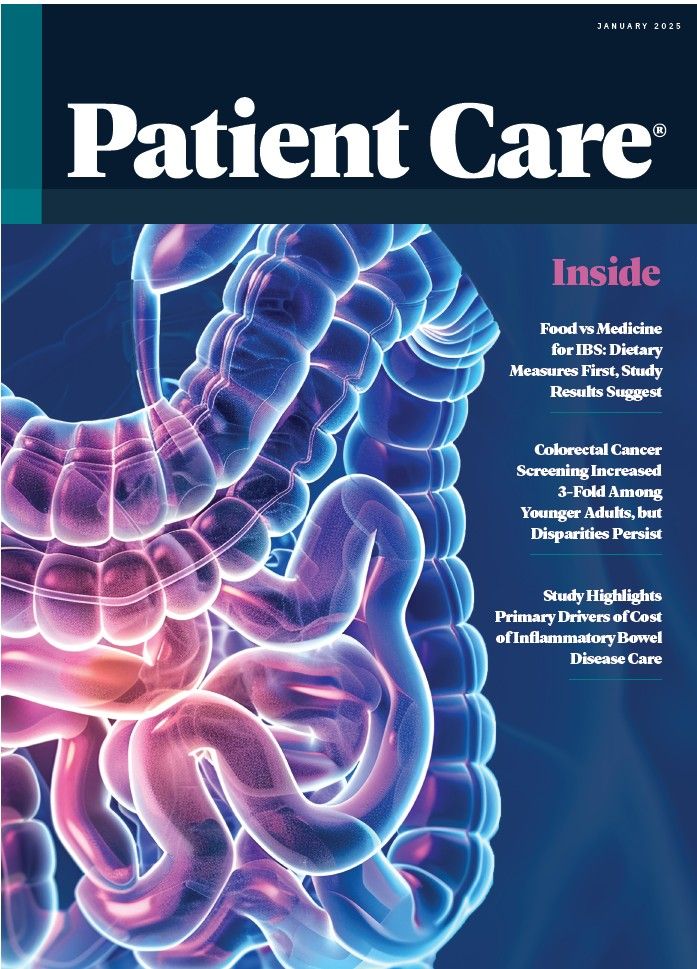New Study Highlights Primary Drivers of Cost of Inflammatory Bowel Disease Care
2024 Crohn's & Colitis Congress
Unplanned emergency service and medication utilization make up the majority of costs of IBD care, reported researchers.

New research presented at the 2024 Crohn’s & Colitis Congress, January 25-27, 2024, in Las Vegas, NV, shed light on the financial burden of inflammatory bowel disease (IBD) on the US health care system.
Findings from a real-world cohort study show that unplanned emergency service and medication utilization make up the majority of costs of IBD care and, according to study authors, should be the focus of value-based interventions among patients with IBD.
“Effective management of IBD should focus on improving patient symptoms and outcomes while containing healthcare costs,” wrote researchers in the study abstract. “To develop high-value treatment strategies and influence policy on high-value care, we must first have a better understanding of the primary drivers of cost in this population.”
Presenting author Jeffrey Berinstein, MD, MSc, clinical instructor, internal medicine, University of Michigan, Detroit, and colleagues conducted the study using data from IBM Watson, “a nationwide insurance claims database covering millions of commercially insured individuals across the US,” they wrote.
Investigators identified adults aged 18-65 years with a diagnosis of IBD in the primary or secondary position from January 2019 to January 2020 based on ICD-10 codes for Crohn disease and ulcerative colitis. They measured cost and utilization as a per member per year (PMPY), according to the abstract.
A total 105 496 individuals with IBD (51.9% women; 42.5% aged 30-49 years) were identified for the study.

Researchers observed that the mean PMPY total costs were $40 842, of which $31 051 (76%) were directly correlated to gastrointestinal (GI)-related costs. Mean PMPY total costs in this population ranged from $1178 to $144 945, with 15% of participants experiencing costs over $76 346 PMPY, added investigators.
The main drives of GI-related costs were divided into the following 3 categories:
- Drug costs: $11 539 (37%)
- Outpatient medical service costs: $11 306 (36%)
- Inpatient costs: $8206 (26%)
In addition, results showed per member utilization included:
- 0.22 inpatient admissions
- 0.10 surgeries
- 1.02 GI visits
- 2.87 non-gastroenterologist GI visit (may include visit to a primary medical clinician, rheumatologist, dietician, etc.)
- 4.57 GI-testing
- 0.48 GI imaging
- 0.61 GI endoscopy
- 1.07 biologic medication prescriptions
“While appropriate high-cost pharmaceutical utilization should not be reduced, innovative strategies leveraging more cost-effective medication delivery may provide an important opportunity to curb costs,” concluded Berinstein et al. “Furthermore, the high rate of non-gastroenterologist GI visits suggests that there is a potential for optimizing care pathways, by incorporating multidisciplinary care including, PCPs, mid-level providers, and other ancillary services into the IBD care model.”
Source: Berinstein J, Melmed G, Allen J, Berry S. Cost-drivers of healthcare expenditures in inflammatory bowel disease. Abstract presented at: 2024 Crohn’s & Colitis Congress; January 25-27, 2024; Las Vegas, NV. Accessed January 26, 2024.
Clinical Tips for Using Antibiotics and Corticosteroids in IBD
January 5th 2013The goals of therapy for patients with inflammatory bowel disorder include inducing and maintaining a steroid-free remission, preventing and treating the complications of the disease, minimizing treatment toxicity, achieving mucosal healing, and enhancing quality of life.
